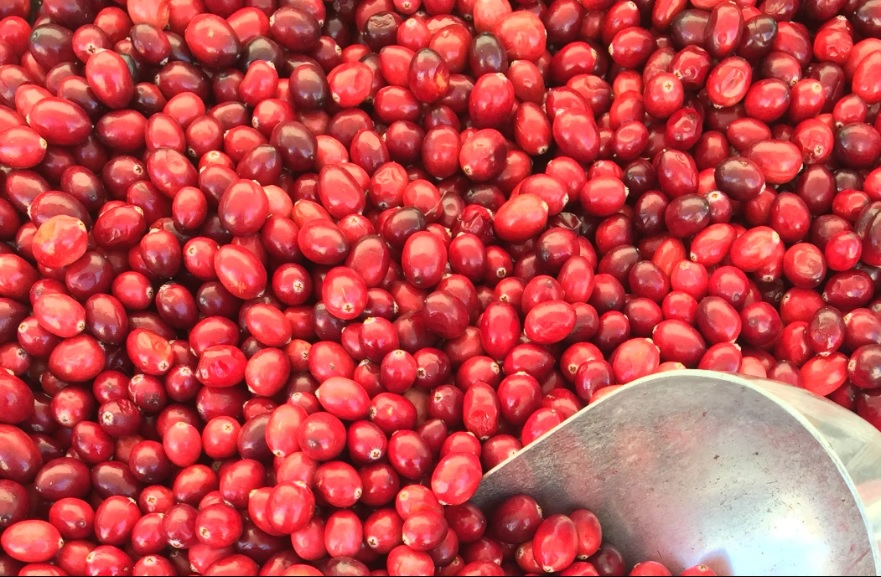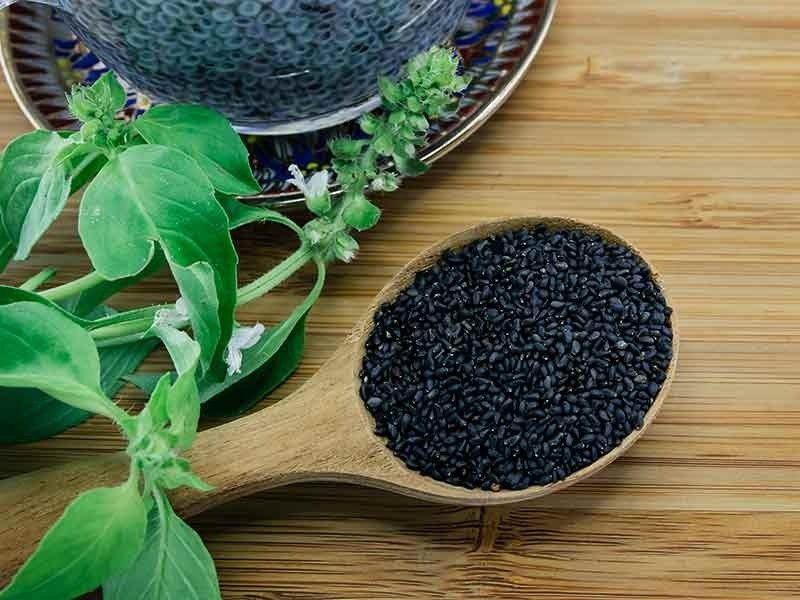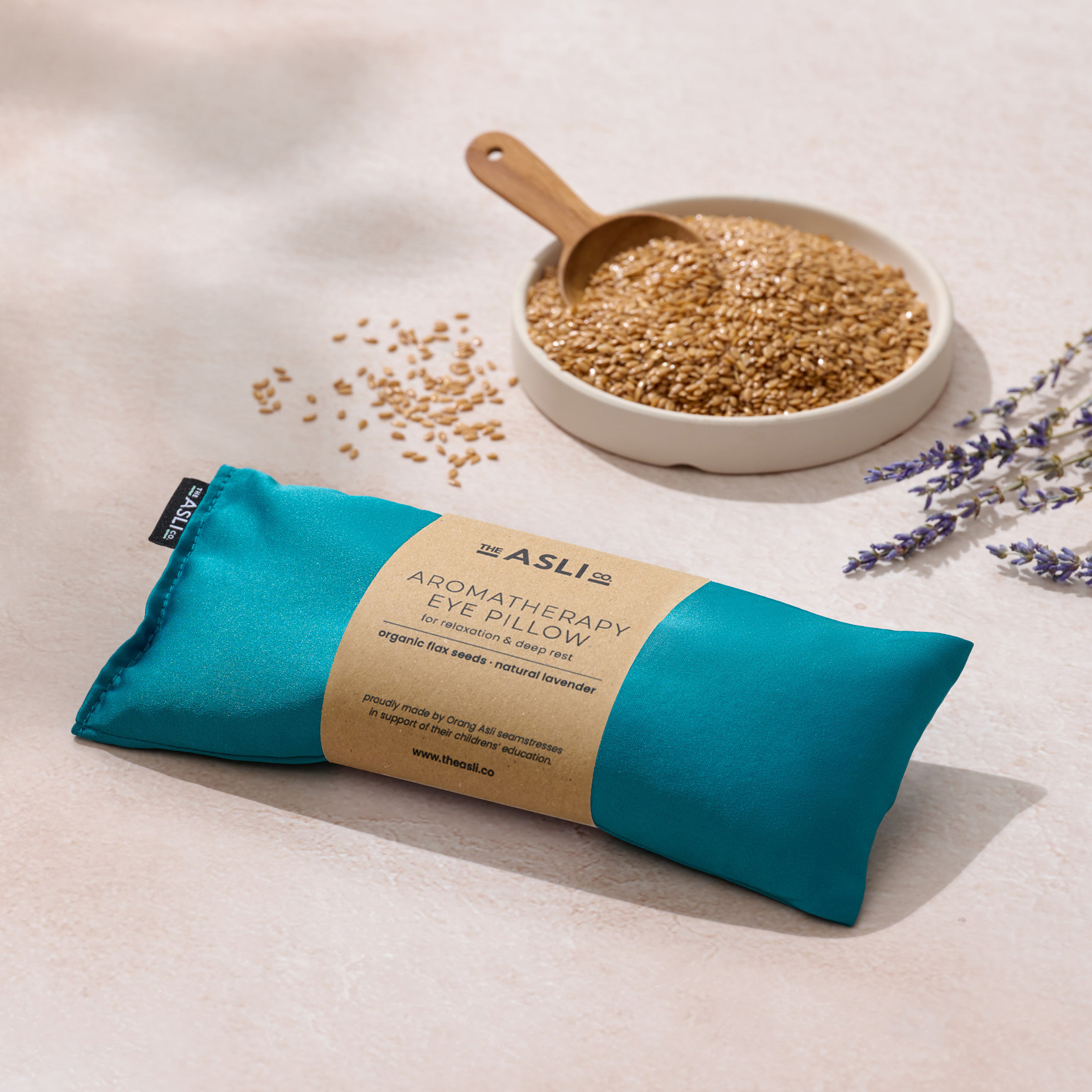Cranberries, known for their sharp, tangy flavor and deep red color, are a staple during the fall and winter months. They’re not only a holiday favorite but also a nutritional powerhouse, offering various health benefits. Whether used in sauces, desserts, or savory dishes, fresh cranberries bring a unique taste to the table. In this article, we’ll explore the origins, health benefits, uses, and tips for selecting and storing fresh cranberries to make the most of this seasonal fruit.
Table of Contents:
- The History and Origin of Cranberries
- Nutritional Benefits of Fresh Cranberries
- Popular Culinary Uses
- Tips for Selecting and Storing Fresh Cranberries
- Creative Ways to Use Cranberries in the Kitchen
1. The History and Origin of Cranberries
Cranberries are native to North America, where they have been grown and harvested for centuries. Native American tribes were the first to use them for food, medicine, and dye. They introduced cranberries to European settlers, who began cultivating them in the 1800s. Today, the U.S. and Canada are major producers of this vibrant fruit, with Wisconsin and Massachusetts being top cranberry-growing regions.
2. Nutritional Benefits of Fresh Cranberries
Fresh cranberries are loaded with nutrients, particularly vitamins C, E, and K. They are also rich in antioxidants, which help reduce oxidative stress and support overall health. One of the standout benefits of cranberries is their role in preventing urinary tract infections (UTIs) due to the presence of proanthocyanidins, which help inhibit the adhesion of bacteria to the urinary tract lining.
- High in fiber, promoting digestive health
- Supports heart health with antioxidants and anti-inflammatory properties
- May reduce the risk of certain cancers
3. Popular Culinary Uses
Fresh cranberries are incredibly versatile in the kitchen. Their tartness makes them an ideal ingredient for both sweet and savory dishes. Some common uses include:
- Cranberry Sauce: A classic holiday staple, often served with turkey.
- Baking: Cranberries are great in muffins, breads, and scones.
- Salads: Add fresh cranberries to salads for a pop of color and tangy flavor.
- Cranberry Relish: A zesty condiment often paired with meats or cheeses.
4. Tips for Selecting and Storing Fresh
When shopping for fresh cranberries, look for firm, plump berries that are a bright, rich red color. Avoid berries that are shriveled or discolored. Fresh cranberries can be stored in the refrigerator for up to two months, or you can freeze them for up to a year without losing their flavor or nutritional value.
- Store fresh cranberries in the refrigerator in their original packaging.
- To freeze, simply wash, dry, and place them in an airtight container.
5. Creative Ways to Use Cranberries in the Kitchen
Beyond the traditional uses, fresh cranberry can be incorporated into a wide variety of dishes:
- Smoothies: Blend them into your morning smoothie for an antioxidant boost.
- Sauces for Meat: Use cranberries to make a tart sauce for pork, chicken, or lamb.
- Cranberry Chutney: Create a flavorful chutney to accompany Indian dishes.
- Homemade Jams and Preserves: Preserve fresh cranberrieby turning them into a jam to enjoy throughout the year.
Fresh cranberries are more than just a seasonal treat; they’re a nutrient-dense fruit that adds flavor and vibrancy to numerous dishes. Whether you’re cooking for the holidays or looking for a year-round ingredient, cranberries should be a staple in every kitchen.
for more interesting contetns please visit our blog Why LogicalShout is Essential for Your Digital Marketing Strategy









Leave a Reply